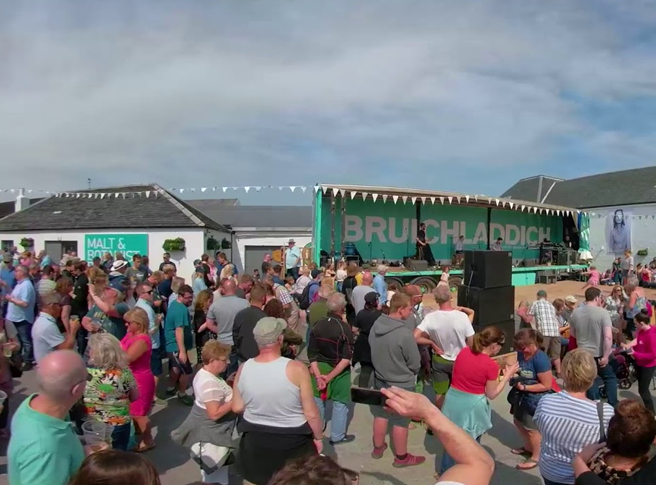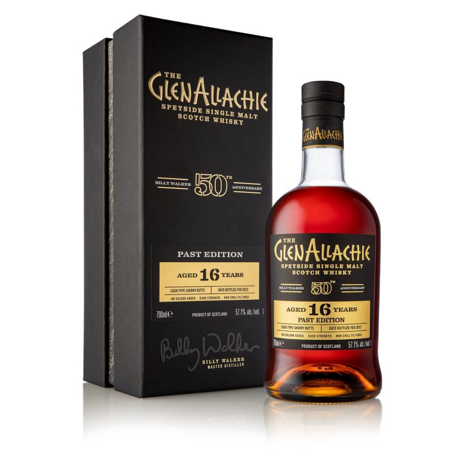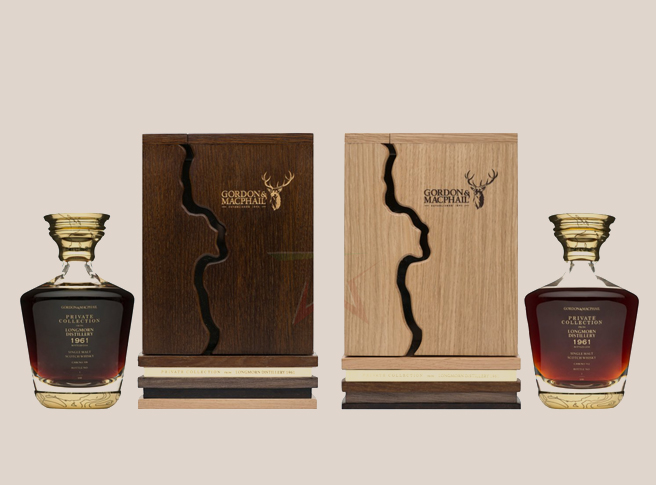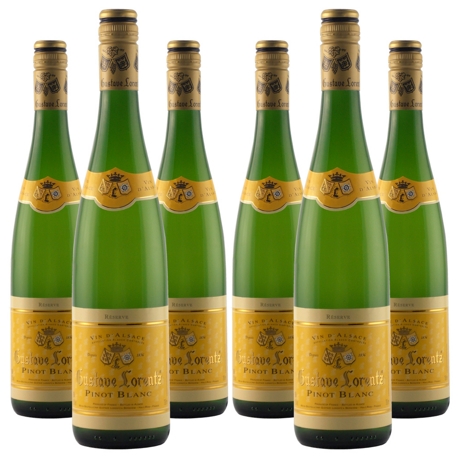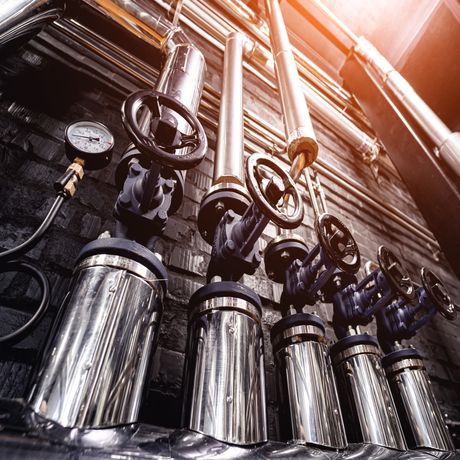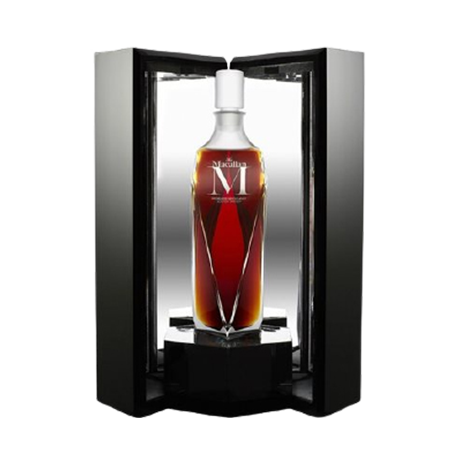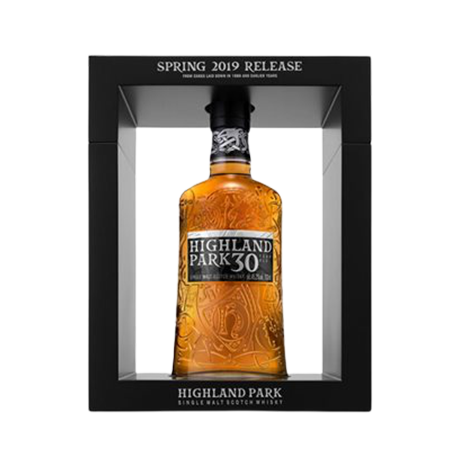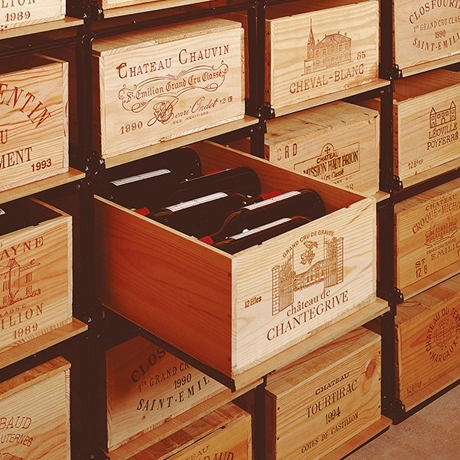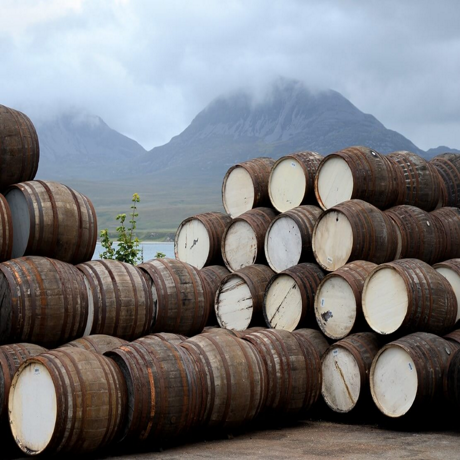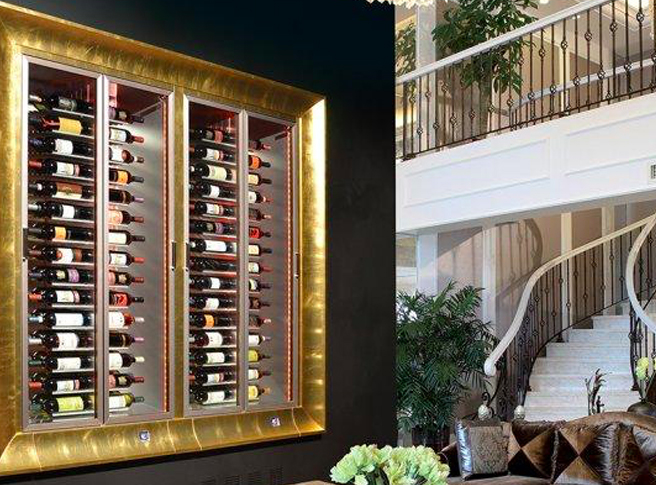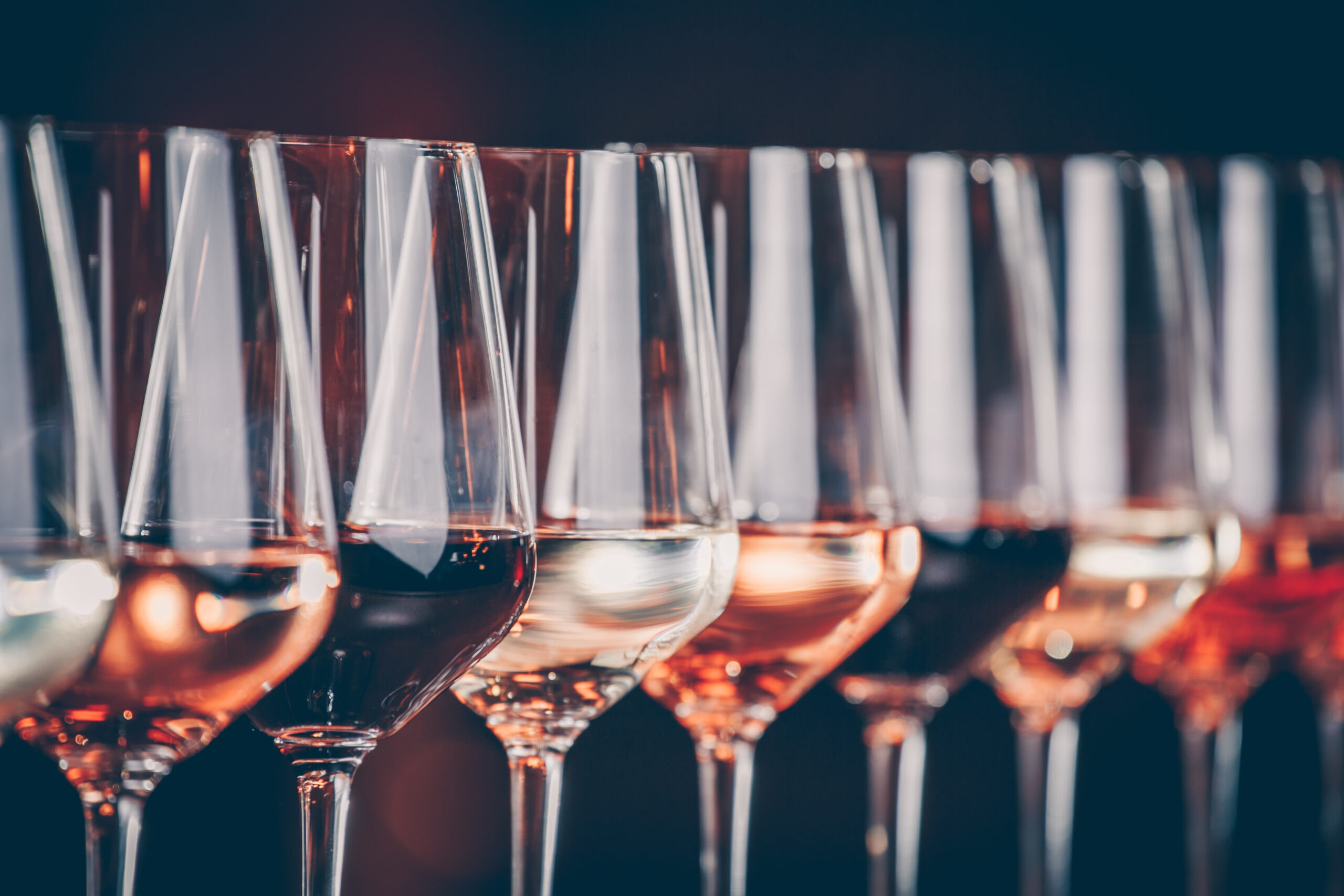- May/ 27/ 2020
- by whiskyfixadmin
How To Preserve Your Wine Collection
How To Preserve Your Own Wine Collection
Is wine your favourite out-out tipple? Will you usually order a large glass of red or white while out for dinner? Do you favour it for its quality?
Do you wish for that same quality from home? Well now you can by preserving your own wine collection through ideal storage conditions. For this blog, we’ve collaborated with Elite Wine Refrigeration, a leading wine storage provider. We couldn’t go by without sharing some inside knowledge on how to nurture and enjoy a bottle (or two).
By following these top tips, you’ll be able to store and consume your favourite bottle from home, while preserving a full collection for the future. And do not worry, a pricey wine cellar isn’t needed; just a cool, controlled and fresh atmosphere to store your prized possession for an in-in night.
Step 1 – Block out UV light exposure
This may currently feel easier said than done, yet, by finding a dark space in your home, you’ll boast the ideal condition to store your wine. Many new wine drinkers will make the mistake of showcasing their collection on a wine rack. Great for support, yet ineffective for preservation, it’s likely that this wine rack will be exposed to UV light.
UV light can result in damage, as it would on human skin. Over a period of time, focused UV light can penetrate through the deemed protective glass. One of the first signs of damage is discolouration, soon followed by unwelcome changes in taste, smell and consistency. Yet, the biggest downfall of UV exposure is the interruptive effects it will have on the maturity of wine. Once this process is affected, irreversible results are likely, reducing the opportunity for long-term consumption.
So, unless you’re looking to consume that next bottle quickly, it’s time to hide your wine collection away. To protect it from UV light, and maybe others!
Step 2 – Control surrounding smells
The next step to optimal wine storage is controlling surrounding smells. This may be a new one to you, yet smell can transform the taste, mood and body of wine. By storing your wine around lingering smells, usually found from foods, mould or mildew, contamination is likely. In this instance, you’ll likely be put off by the lingering smells, making your wine non-consumable.
We recommend storing your wine in a neutral setting, also following the above guidelines on UV exposure.
Step 3 – Maintain temperature levels
For optimal storage conditions, temperature levels must also be maintained. It is important to note that all wines should be stored at 12°C. You may struggle to believe this with many surrounding misconceptions. You may believe that red wine should be stored at room temperature, while lighter wines in cool, refrigerated areas. This is unfortunately untrue, describing optimal conditions for serving wine.
To make sure that your wine can be initially stored in the best possible way, all wines, no matter their colour or price should be preserved at 12°C. If the temperature does drop, there are high risks of oxidization. If oxidization is new to you, this is a damaging process where excess air enters the bottle. Through this process, the taste and body of wine will transform, down to a watered-down texture. With this in mind, the originality of your favourite bottle will be gone.
If temperatures do exceed 12°C, there’s high potential of damage to the maturity of wine. To mature organically, elevating value and capacity, temperatures must be sustained. By going above this, the process will be disrupted, either maturing wine on an unwelcoming rate or spoiling the wine all together.
If you are struggling to maintain temperatures, investing into a wine cooler will be beneficial. However, ensure it is set away from factors such as lingering smells and UV exposure.
Step 4 – Regulate vibrations
If you do opt for a wine cooler, the next step is to regulate surrounding vibrations. Did you know that movement can damage the structure of wine? By lifting it up, moving it around from place to place, overtime, these vibrations will combine, with the potential of cutting through your wine.
This can again interrupt the sought-after ageing process. Yet, it can also disjoint the key ingredients found in the wine, transforming its taste and fragrance, for the worst.
To avoid vibrations, placing your wine in a quiet area will be encouraged. It is understandable if this is difficult in a busy home. Yet, gauging the area where low activity takes place will help you find the ideal place for your wine.
Step 5 – Sustain humidity levels
Humidity levels can cause just as much damage as uncontrolled temperature levels. 55-80% identifies the most ideal humidity levels. Anything in between the bracket will secure your wine for preservation.
Yet, if humidity levels do fall, you’ll be left with dehydrated air. Again, risk of oxidization is high, resulting in a diluted, unpleasant consistency. If humidity levels do increase, there is risk of a moisture rich air. This type of condition is known to advance the growth of mould and mildew, two very unpleasant fungi. If uncontrolled, fungus can contaminate the bottle, again classifying your favourite bottle as non-consumable.
To preserve your wine, you’ll need to sustain humidity levels. Again, this may be easier said than done. Yet, by following the above steps, while also prioritising optimal storage temperatures, you’ll have a good chance at managing your condition.
Key takeaways
Although purchasing a grand cellar would be ideal, this isn’t realistic for many wine drinkers. From the expense to finding the space, opting for a home DIY storage solution will work better. You can achieve similar quality, produced and preserved through a cellar, by following the above steps.
For the best results, make sure that you:
- Block out exposure to UV light.
- Control surrounding smells by carefully selecting your ideal storage condition.
- Maintain storage temperature levels at 12°C.
- Regulate vibrations or movement in your home.
- Sustain humidity levels, falling in between 55-80%.
By following the above steps, you’ll be able to enjoy a restaurant quality wine from your own home. Experience the in-in winery world by preserving your collection through optimal storage conditions.
For more info visit https elitefridges.co.uk

